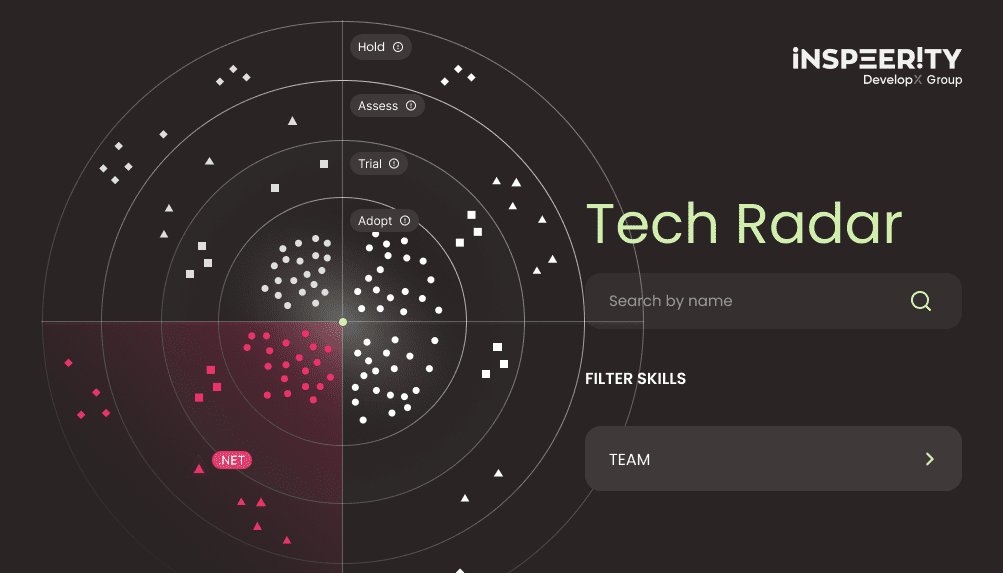Prosumers—those who both produce and consume energy—are taking charge of their energy needs. By generating their own power and storing it with energy storage systems, they aim to maximize self-consumption. It also optimizes energy storage and allows them to engage in energy trading.
Here are eight ways software empowers prosumers in smart energy management.
Definition – Prosumer
A prosumer is an individual who both consumes and produces a product or service. Originally coined in the fields of economics and business, the term has expanded to include people who create content, technology, or other goods that they also use, blurring the lines between consumer and producer.
1. Real-time monitoring and analytics
Real-time data acquisition is essential for effective energy management. Monitoring solar energy generation, consumption patterns, and energy storage status is essential. It helps you make informed decisions. Analytical dashboards display this data in a clear format. This offers insights into historical trends and real-time statuses.
2. Predictive analytics
Predictive analytics forecast energy needs and optimize generation. Integrating weather forecasts allows the software to predict solar energy generation. Analyzing historical consumption data helps predict future energy requirements. With custom energy management software development, you can identify peak periods, and optimize energy usage.
3. Smart energy management
Automated control algorithms powered by machine learning enable optimal energy management decisions. These algorithms determine the best times to charge energy storage systems, when to draw from them, and when to use grid electricity. Participation in demand response programs is also crucial. These programs adjust energy consumption based on grid demand. Prosumers can both reduce costs and contribute to grid stability.
4. Energy trading
Real-time pricing information is vital for effective energy trading. Software systems provide real-time grid electricity prices. This enables prosumers to sell surplus energy when prices are high. Peer-to-peer trading platforms allow you to trade energy with each other. Secure and transparent transactions help enhance the grid balance.
5. Enhancing grid stability
Intelligent energy management systems help balance the load on the grid. Prosumers can draw from their energy storage during peak times, reducing stress on the grid. During low-demand periods, they can store excess energy or sell it back to the grid, helping to balance supply and demand.
6. Smart software solutions
Efficient energy management requires sophisticated software components for seamless monitoring, control, and optimization. Here are the key technical components:
- IoT Integration: collect real-time data from solar panels. As well as energy storage systems, and home appliances. Secure communication protocols ensure data integrity and reliability.
- Cloud-Based Platforms: handle large volumes of data and complex computations. This ensures scalability to accommodate many prosumers and devices.
- APIs and Interoperability: APIs help various energy management systems chat with grid services. This means there is compatibility with a wide range of hardware and software solutions.
Did you know?
The IoT energy management market is experiencing rapid growth. In 2022, the market was valued at approximately USD 61.02 billion and is expected to surge to about USD 222.56 billion by 2030. The expansion of this market is primarily fueled by the increased use of smart utilities and the rising adoption of cloud-based, real-time energy management systems.
7. User-friendly interfaces
User-friendly mobile and web apps allow prosumers to track and control their energy systems. These apps should provide real-time alerts and notifications for important events. Customizable settings enable prosumers to personalize their energy management preferences.
8. Security and data privacy
Data encryption ensures strong security for all data transmission and storage. Secure communication channels are essential for all device-to-cloud interactions. Using data privacy policies will protect user information. This allows you to control your data-sharing permissions.
Conclusion
Integrating software solutions with solar and energy storage empowers you as a prosumer. This enables you to optimize your energy use, save on costs, and generate income from selling surplus energy. Intelligent, data-driven solutions boost your satisfaction. They can also contribute to grid stability by balancing supply and demand. Using these technologies can drive the transition towards a smarter, more resilient, and more sustainable energy future.




